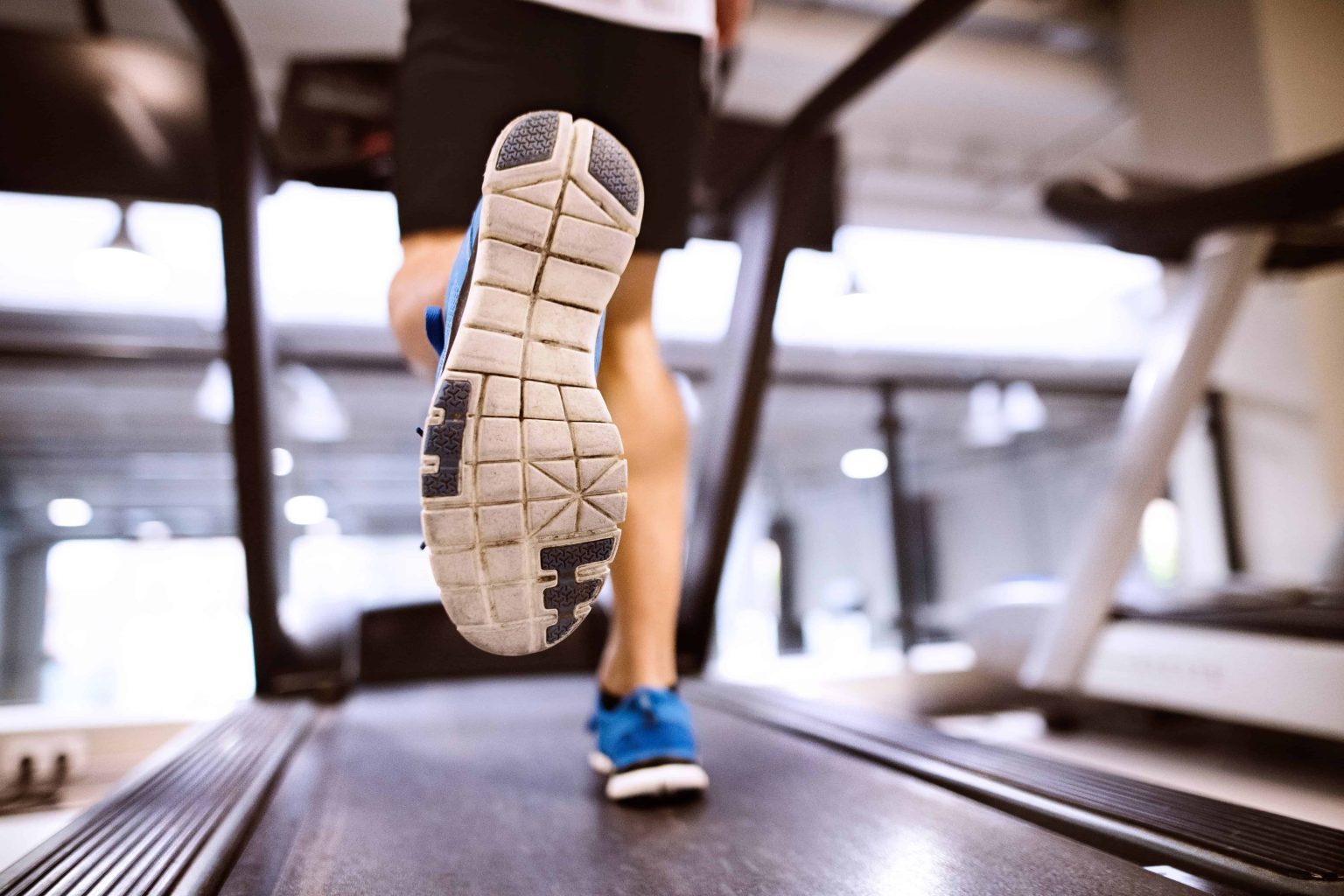Quick Home Remedies for Treating Cuboid Syndrome.
Are you experiencing soreness on the outside of your foot? You may be suffering from Cuboid Syndrome.
What is Cuboid Syndrome?
The cuboid is one of the small bones on the outer side of the mid-foot. It attaches to the heel bone (calcaneus) via a number of strong ligaments and a joint capsule forming the calcaneocuboid joint. Trauma to the foot, whether it’s a sudden injury or gradual repetitive forces may damage the supporting soft tissues causing the cuboid bone to move out of its usual position. It can then act like a block, limiting the movement of the surrounding bones in the foot.
Also sometimes called cuboid subluxation or lateral plantar neuritis, Cuboid syndrome is a common type of foot injury that is often misdiagnosed and subsequently treated improperly.
Common Causes of Cuboid Syndrome
Cuboid syndrome is often associated with repetitive movement of the foot, such that which occurs during running or dancing. Typically, athletes are at the greatest risk for developing cuboid syndrome, either after an injury, or as lateral foot pain that appears without a noticeable injury. Research has also shown as many as 80 percent of all cuboid syndrome patients also have pronated (flat) feet.
Symptoms of Cuboid Subluxation
Cuboid Syndrome typically presents with pain down the outside of the foot, which can also refer across the foot and to the ankle and toes. Pain is usually worse while weight-bearing, particularly first thing in the morning, on uneven ground, quickly changing direction, jumping or hopping, and symptoms tend to subside with rest. The bone is usually tender to touch, the area may be slightly red and swollen, and walking may be difficult. The foot may also feel weak, especially during the push-off phase of walking, running and jumping.
If you suffer with Cuboid Syndrome, there is hope. Try the following home remedies to help ease the pain.
Ice is nice. Ice therapy can help reduce pain and inflammation from cuboid syndrome. Place an ice pack or bag of frozen veggies wrapped in a hand towel over the outside of the foot for ten minutes at a time.
Rest and Recover. It is important to rest from aggravating activities while the foot heals, so take it easy and enjoy some R & R.
Ease Stiffness with Exercise. Pain-free strengthening and movement exercises should be performed daily to prevent the foot from getting stiff and weak. Balance exercises should also be introduced once symptoms have settled. Exercises should be started as soon as possible, gradually progressing as symptoms permit and continued until full function of the foot is restored.
Try Taping. Taping of the foot and ankle is often used to support and stabilize the bones in the foot and hold the cuboid bone in place while the surrounding soft tissues heal. Taping should allow you to walk without pain.
Employ the healing power of Percussive Massage. To release the cuboid bone, percussive massage can help! Fitness professional Francesca Phillips recommends placing the edge of a table ball under the cuboid bone while applying the MyoBuddy Pro percussive massager underneath the stylus of the metatarsal of pinky bone to provide much needed relief.
MyoBuddy Tip courtesy of MyoBuddy user, Francesca Philip. You can follow Francesca on Facebook at www.Facebook.com/Francesca.Philip
Percussive massage therapy is a breakthrough treatment for soft tissue pain and injury. Percussive massage accelerates the growth and repair of tissues by providing concentrated, rapid, short-duration pulses deep into the tissues of the body. This heavily increases blood flow to the area causing pain relief and increased range of motion and function. Percussive massagers, including the MyoBuddy Pro Massager also provide a gentle stretch to the muscles and connective tissues improving flexibility and boosting performance.
For more tips on treating sore muscles, aches and pains, subscribe to MyoBuddy Massagers YouTube channel.
Do you have a MyoBuddy Tip to share? We want to hear from you! Send us your tips on how you’re using your MyoBuddy Massager Pro to live better, play better and relax better to PR@MyoBuddy.com.







